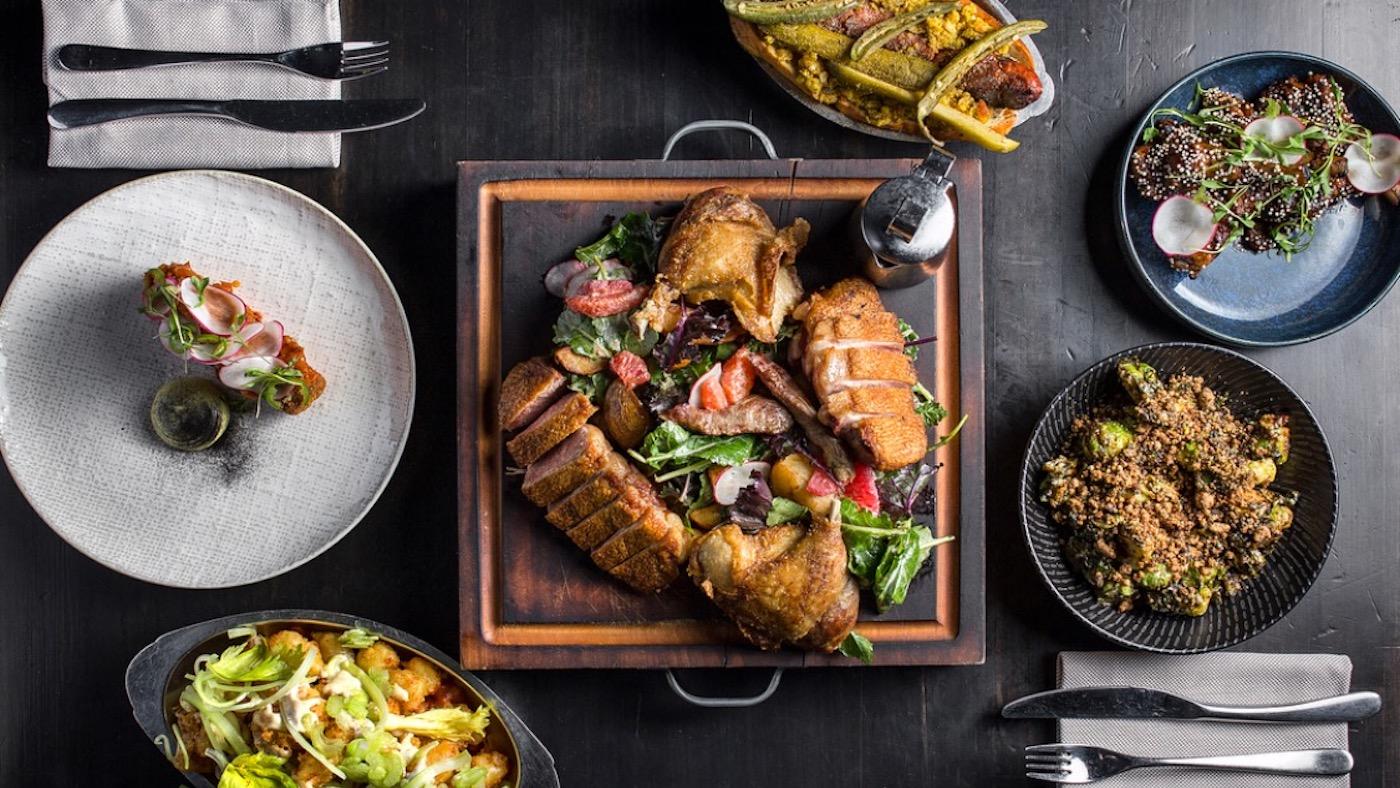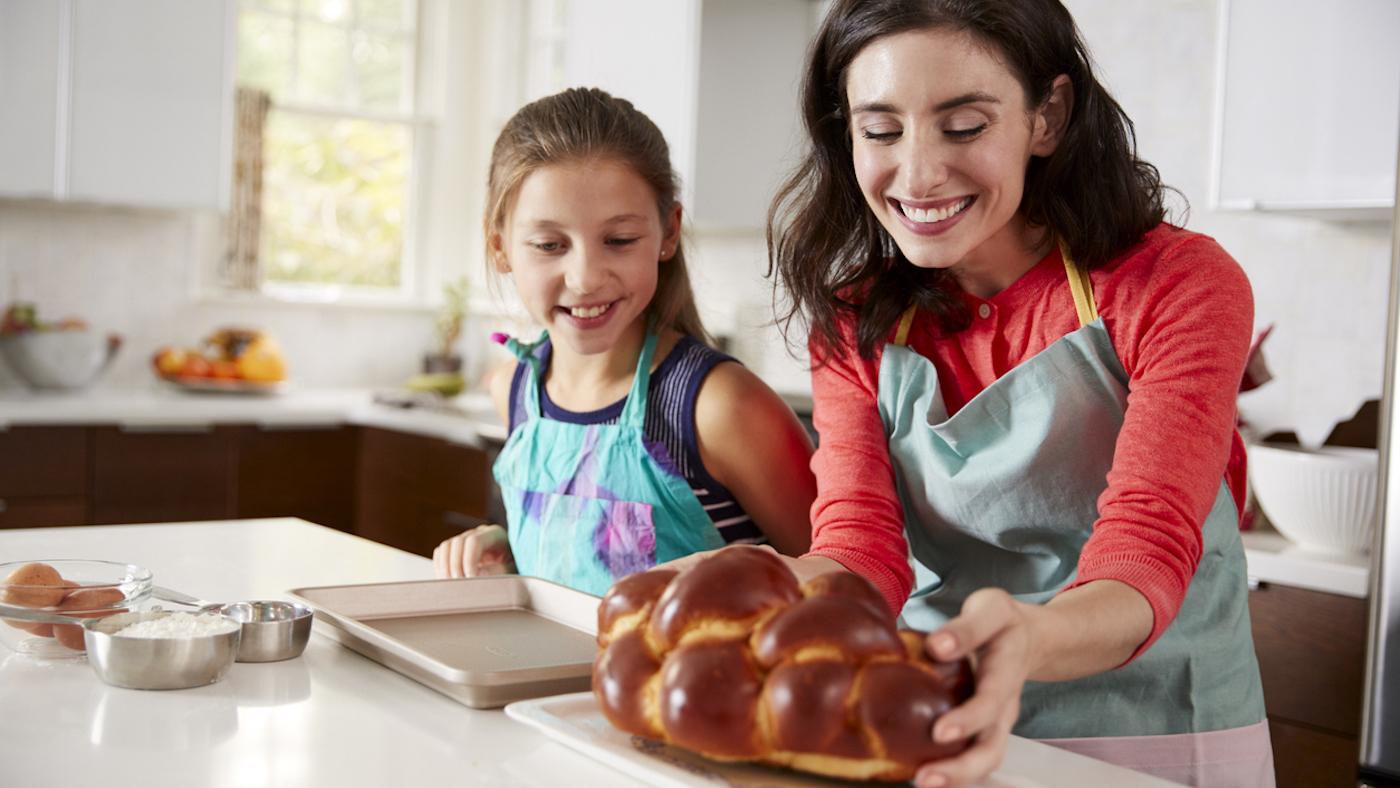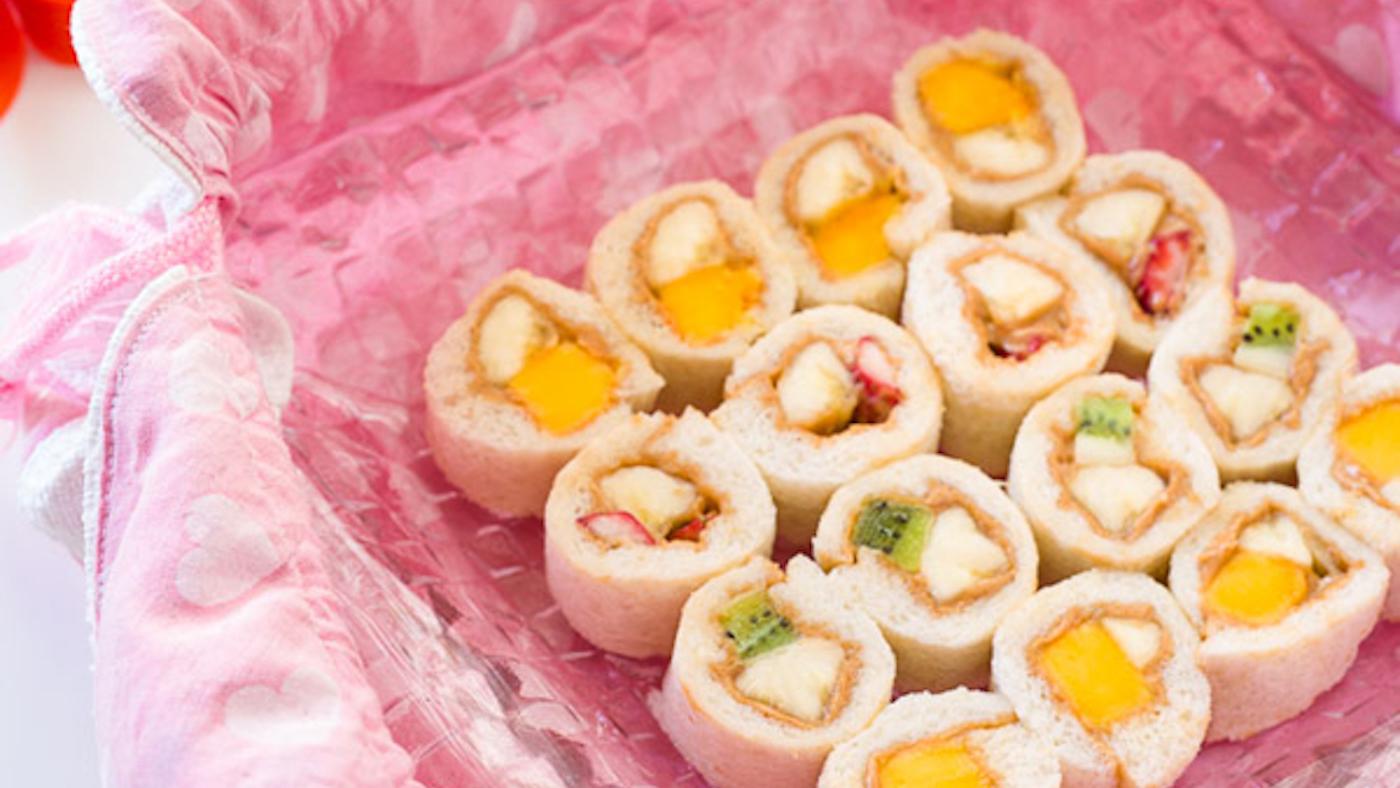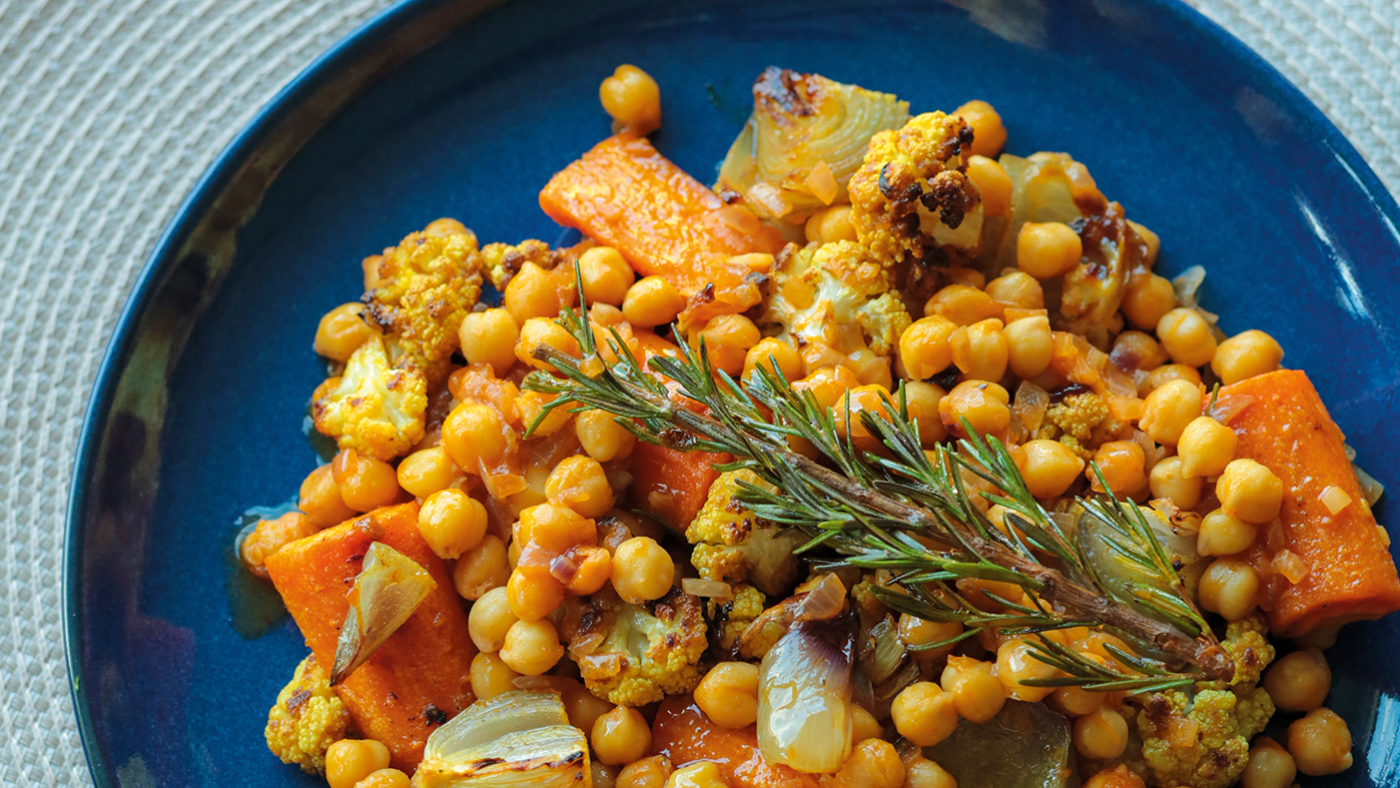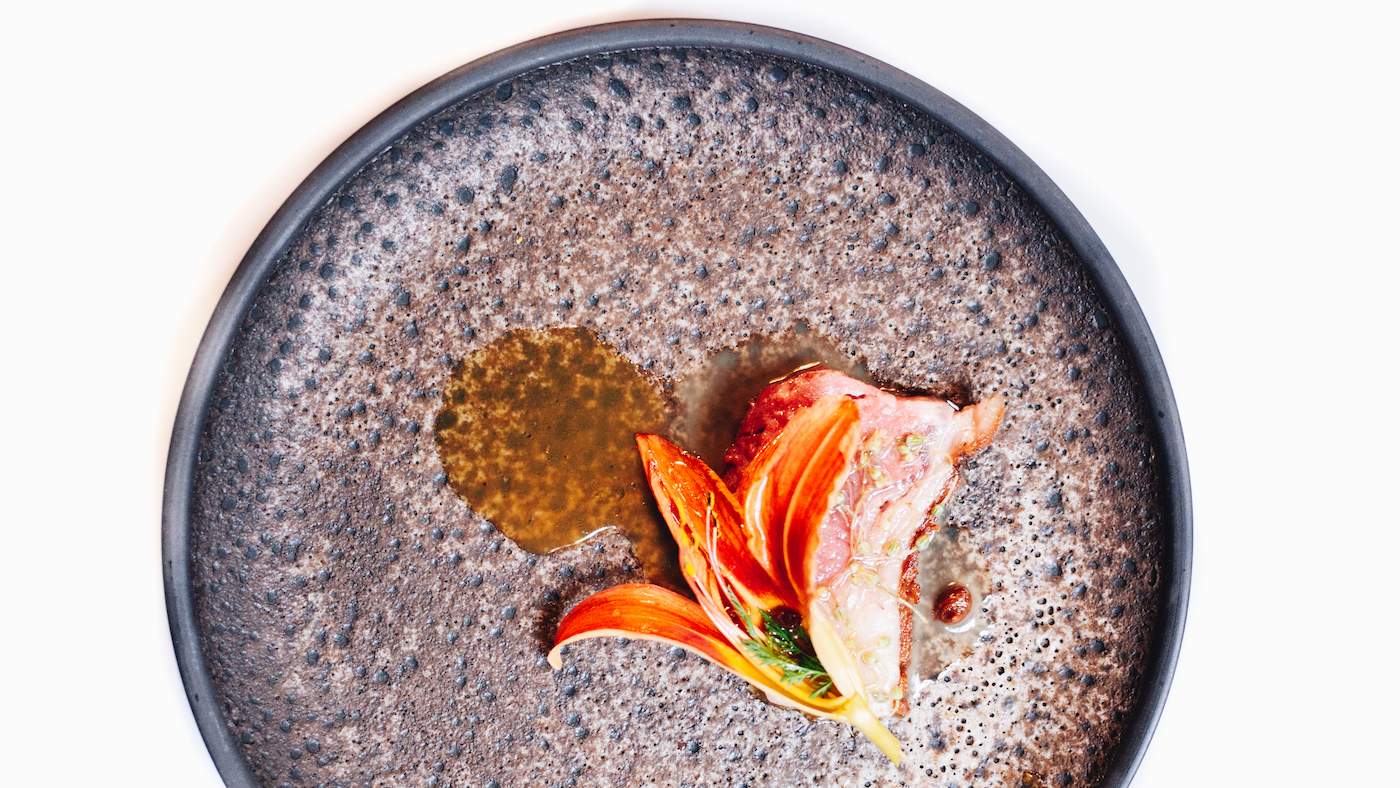Elle Simone Scott of America’s Test Kitchen Offers Tips on Styling a Board for Your Next Gathering–Or Even Just Dinner
Meredith Francis
November 16, 2022
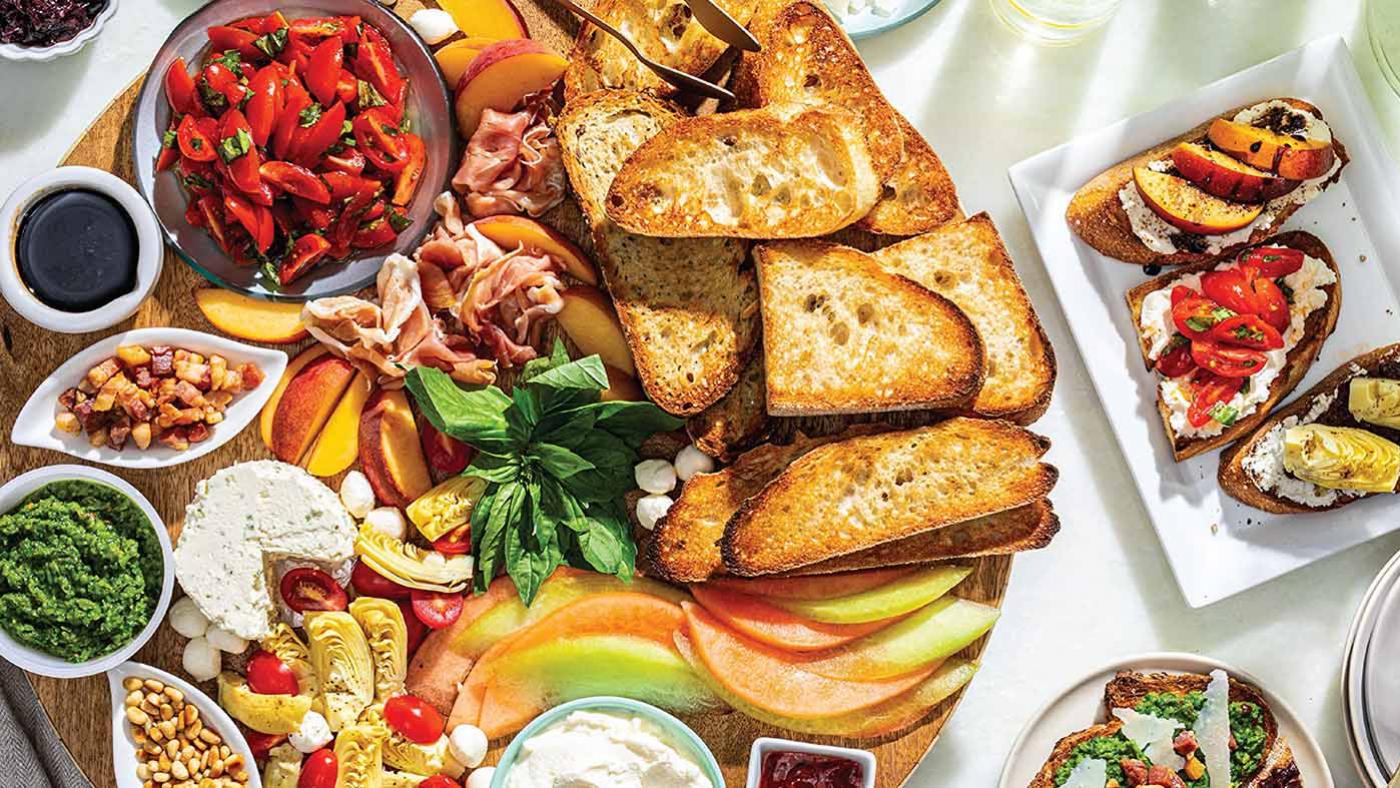
Get more food stories and news by signing up for our Deep Dish newsletter.
If you’ve ever hosted a book club, a baby shower, or a holiday party, chances are you’ve put meat, cheese, fruits, and veggies on a board for people to graze on. Whether you’re assembling a charcuterie board, crudités, or maybe even a much-buzzed-about butter board, a recently-published cookbook from America’s Test Kitchen has tips on how to elevate your boards.
America’s Test Kitchen executive editor Chef Elle Simone Scott recently visited WTTW for a demonstration and tips on how to spice up all different kinds of boards. And she would know: she offered food styling and other advice as part of Boards: Stylish Spreads for Casual Gatherings. Scott will also serve as one of the judges on America’s Test Kitchen: The Next Generation, which premieres on December 9 on Amazon Freevee.
The goal of the new cookbook, according to Scott, is to make beautifying food less intimidating, and to get people to spend less time in the kitchen and more time with guests. It goes beyond run-of-the-mill cheese boards—though it does include tips for those, too—with recipes and advice for assembling breakfast boards, snack boards, sweet boards, and even boards designed for dinner.
For example, the “Ballpark Board” includes hot dogs, buns, lemonade, and Chicago-style condiments, plus soft pretzels and shell-on peanuts. The low-lift brunch board spread features muffin tin frittatas, store-bought pastries, bacon, and more. The idea is to allow home cooks to get creative and have fun while doing so.
In her introduction to the cookbook, Scott writes that creating boards isn’t just about how the food looks, but rather how it makes a guest feel. Scott has a personal connection to many of the recipes in the book, including the “Pizza Parlor” board, which has a simple french bread pizza along with a series of build-your-own pizza toppings.
“My uncle used to make those pizzas for me after school. They'd be the Stouffer's kind and he would buy peppers and things from the grocery store, and we would build our own pizza. It was so much fun,” Scott says.
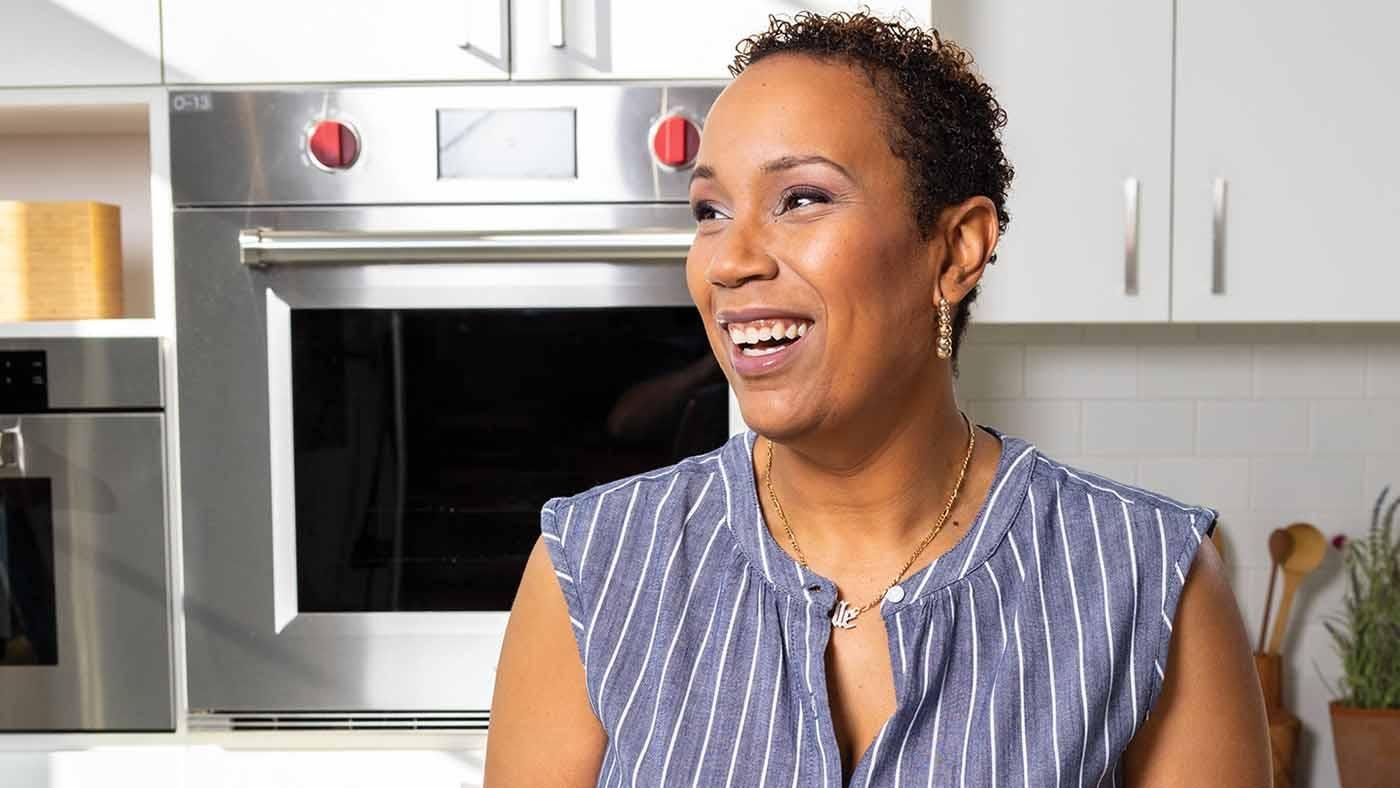 Elle Simone Scott wants beautifying food to be more approachable to the average home cook. Image: Courtesy of America's Test Kitchen.
Elle Simone Scott wants beautifying food to be more approachable to the average home cook. Image: Courtesy of America's Test Kitchen.
But you don’t need to be hosting a gathering to create a board, she says.
“Boards are not always about entertaining,” she says. “It’s really more about how you decide to serve your guests and doing it in the most creative way.”
That might mean “shopping your pantry” as a way to utilize food that’s been in the house for a while. It also might mean making a board for dinner. The Steak Frites Board is her go-to for a family of four.
“Hands down, everyone loves steak frites. You couldn't go wrong with it,” Scott says.
If she had to pick a favorite, it would be the Tapas Board, which has tortilla Española, olives, Spanish cheeses, cured meats, aioli, and more. Scott said she had a lot of fun meeting with cheesemongers and going to specialty shops to create that board.
“It's a travel concept and it encourages people to eat things that they don't eat normally,” she said. “I like any board that makes people step out of their comfort zone a little bit.”
Scott’s advice for creating a board doesn’t have much to do with the food itself. First, determine the theme of the gathering and what the occasion is. Then, think about who will be in attendance, and what the time of day will be.
“If it's brunch, and it's a bridal shower, then maybe you'd want to do the Afternoon Tea [board]. But if it's a birthday party or just friends catching up, then maybe you just want to do the Nacho Board,” Scott says.
Half of the battle is not getting intimidated by the concept of beautifying food, Scott says.
“[The cookbook] talks a lot about how simple it really is to make food beautiful. It really is just choosing fresh ingredients, looking for colorful things,” Scott says. “It's doable. It's approachable. A lot of people feel intimidated by it, or feel like they don't know how to make food beautiful when they might just be trying to make brown rice look beautiful. And it doesn't! Not all food is beautiful, but that doesn’t mean you’re not good at making it beautiful.”

